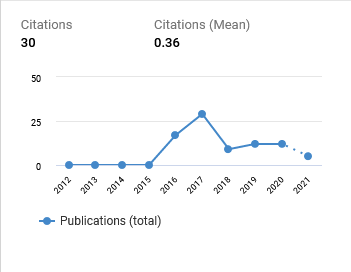Analysis of Educational Spaces Design Methods for Educable Mentally Disable Children
A Case study on 6-17 years old childrens
DOI:
https://doi.org/10.29080/eija.v4i2.324Keywords:
environmental psychology, architectural design, educational spaces, mentally disable childrenAbstract
This study aims to investigate and analyse design and optimisation methods of educational and recreational environments for educable mentally disabled children. This study is conducted using a descriptive-analytical method based on library research, documents and field surveys. The research studied sixty mentally disabled children aged 6-17 years, twenty instructors and sixty mothers through purposive sampling. Then the quantitative data of questionnaires and the qualitative data of interviews and paintings are analysed using SPSS and Excel. The results of this research determine the useful criteria used to design an attractive and friendly environment for mentally disabled children. In addition to promoting the sense of safety and security in these spaces, it improves recreational activities of mentally disabled children both individually and collectively.
Downloads

Downloads
Published
How to Cite
Issue
Section
Categories
License
- Authors retain copyright and grant the journal right of first publication with the work simultaneously licensed under a Creative Commons Attribution ShareAlike License that allows others to share the work with an acknowledgment of the work's authorship and initial publication in this journal.
- Authors are able to enter into separate, additional contractual arrangements for the non-exclusive distribution of the journal's published version of the work (e.g., post it to an institutional repository or publish it in a book), with an acknowledgment of its initial publication in this journal.
- Authors are permitted and encouraged to post their work online (e.g., in institutional repositories, pre-print sites, or on their website) prior to and during the submission process, as it can lead to productive exchanges, as well as earlier and greater dissemination of published work.
































